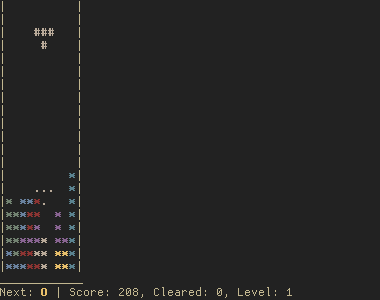This is a release announcement for Tetronimia: an implementation of a famous game mechanic for you terminal written in Nim.

Just in a couple of days one of the biggest software events FOSDEM 2021 will take place, for the first time completely online. Hundreds of talks will originate from behind laptops, phones and workstations. Realization of this fact was the last link in the long chain of events leading to me writing this reference. Being a sound engineer by trade I, presumptuously, hope to attract attention of the speakers-to-be to the sound quality of their presentations. However, I tried to do my best to compile and present a generally useful reference, not a dumbed down step-by-step guide doomed to be rendered inapplicable by slightest variation of circumstances.
Read more…I’ve drawn a bitching logo for #mixing:matrix.org room. There’s so few people there yet I needed to share somewhere else.
I rarely dig my own ideas but this came together nicely.
Join the chat, it’s chill.
Read more…This year is something special! As you’re probably being a witness of, most of the humanity is stuck on self-isolation or even in strict quarantine, which led to unprecedented media consumption. Streaming services usage spiked so high Netflix had to cut their quality to unload their servers. People binge on movies and series and I’m not an exception here, finally watching some classics from the bucket list. This situation reminded me of an idea I’d spotted a couple of years ago. Someone made a beautiful wallpaper from the “cuts” of the “2001: A Space Odyssey”, which is one of my all time favorite movies. Camera work and production design is second to none there, so every frame is really a painting.
I had to try the same idea with other movies and it was clear that doing it manually is not the way to go.
Enter movie-thumbnailer — command line “glue” for ffmpeg and ImageMagick which generates wallpaper from video files laying out a grid of frames with scene changes.
Post updated for v0.2.0 release at 2023-04-18
ffmpeg-loudnorm-helper is a new ultra-simple helper utility for performing loudness normalization using ffmpeg’s loudnorm audio filter. This awesome filter provides EBU R128 loudness normalization, but it requires two passes to linearly normalize audio, measuring input file on the first pass. The only thing ffmpeg-loudnorm-helper does, is it automates that first pass and formats a complete copy-pasteable string of loudnorm settings for the second pass.
